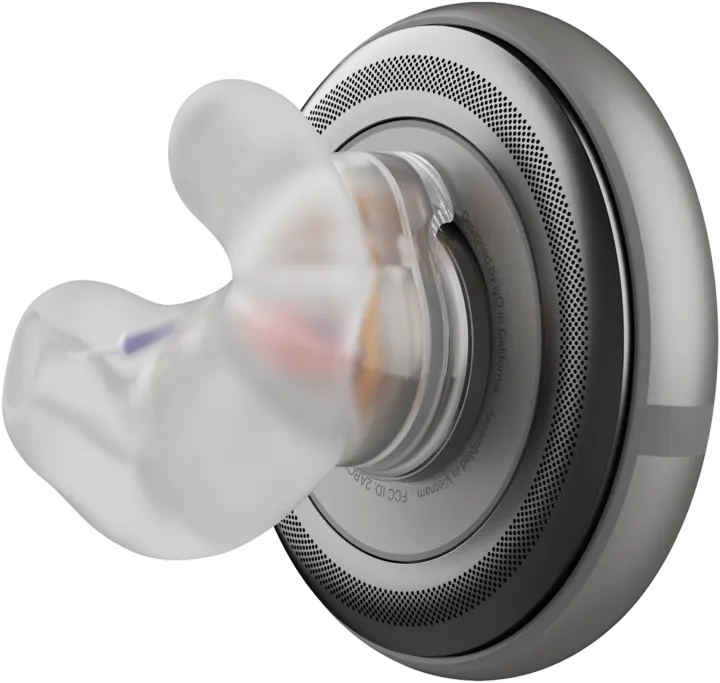Is the Citroën Oli doing something shockingly clever in the automotive market? (maybe)

Citroën presented a few months ago a new small pickup concept car.
As I always remind you, I have a reason for being (morbidly?) fascinated by automakers. I'm not working that much in the automotive sector, but I always care about it, as automakers are quite the big canaries in the consumer market coalmine. With long innovation cycles and steep investments to turn around even slightly their business model, they represent a perfect case study to understand how difficult innovation can be.
Just Good-Enough
Quite a few features of this vehicle might be intriguingly smart ideas.
First, the Citroën Oli forgoes traditional infotainment screens. Instead, it features an electrified rail integrated into the central beam, allowing accessories to be plugged in via USB sockets. The front windscreen is flat and positioned at a 90° angle to reduce heat transfer during the summer. This design decision reflects a practical approach, as high aerodynamics are unnecessary when the vehicle isn't driven at extreme speeds on the autobahn, but it passively lowers the platform's energy consumption cost.
Material innovation is another standout feature of the Oli. Large body sections are constructed from recycled corrugated cardboard, molded into a honeycomb structure, and reinforced with glass-fiber sheets to maintain the vehicle's weight of just a ton. Another crucial move for improving EV range. Additionally, the Oli boasts functional capabilities as a Vehicle-to-Grid (V2G) and Vehicle-to-Load (V2L) system. This allows the car to serve as a mobile power bank, providing backup power. This move is now often used by U.S. car manufacturers but rarely seen in Europe, possibly opening the door to extended usage of the vehicles as part of a home-centric smart grid.
Finally, the Oli's top speed is capped at 100 km/h, aligning with its practical, everyday-use, low-energy consumption philosophy.
Spiritual Successor to the 2CV
What is interesting here is also that Citroën embraces its core company DNA. To understand the Oli, one should look to Citroën's 2CV, a similarly stripped-down and practical vehicle that enjoyed a successful 42-year production run and gained a cult following. The Oli, like the 2CV, focuses on simplicity and practicality and probably appeals very much to people who don't care so much about 'cars.' (Guilty as charged.) Wrap all of Oli's features together, and it seems to be mostly competing with... cargo bikes!
A few reasons to be worried?
Well, sadly, there are quite a few of them.
Citroën claims that the Oli could be priced at around €25,000 which seems quite steep if you think about the wave of modern Chinese EVs bound to arrive in Europe already way below this price point. Then, for all its glorious ideas, the Oli is currently just a concept. Its role as a platform for exploring innovative and realistic ideas for future production might be significant but according to Laurence Hansen, Citroën's Director of Product and Strategy, the Oli (a) may not come to market in its current form and (b) production is not expected until 2030, if at all.
Despite this, the Oli tells a story about Citroën not being completely unaware of the volatility and sharp transformation of the consumer market. Having an interesting concept car is not enough, for sure, but all the pieces of the puzzle are there, AND Citroën has also shown very recently that they weren't shy of properly launching new types of vehicles into the market...

To be continued?




